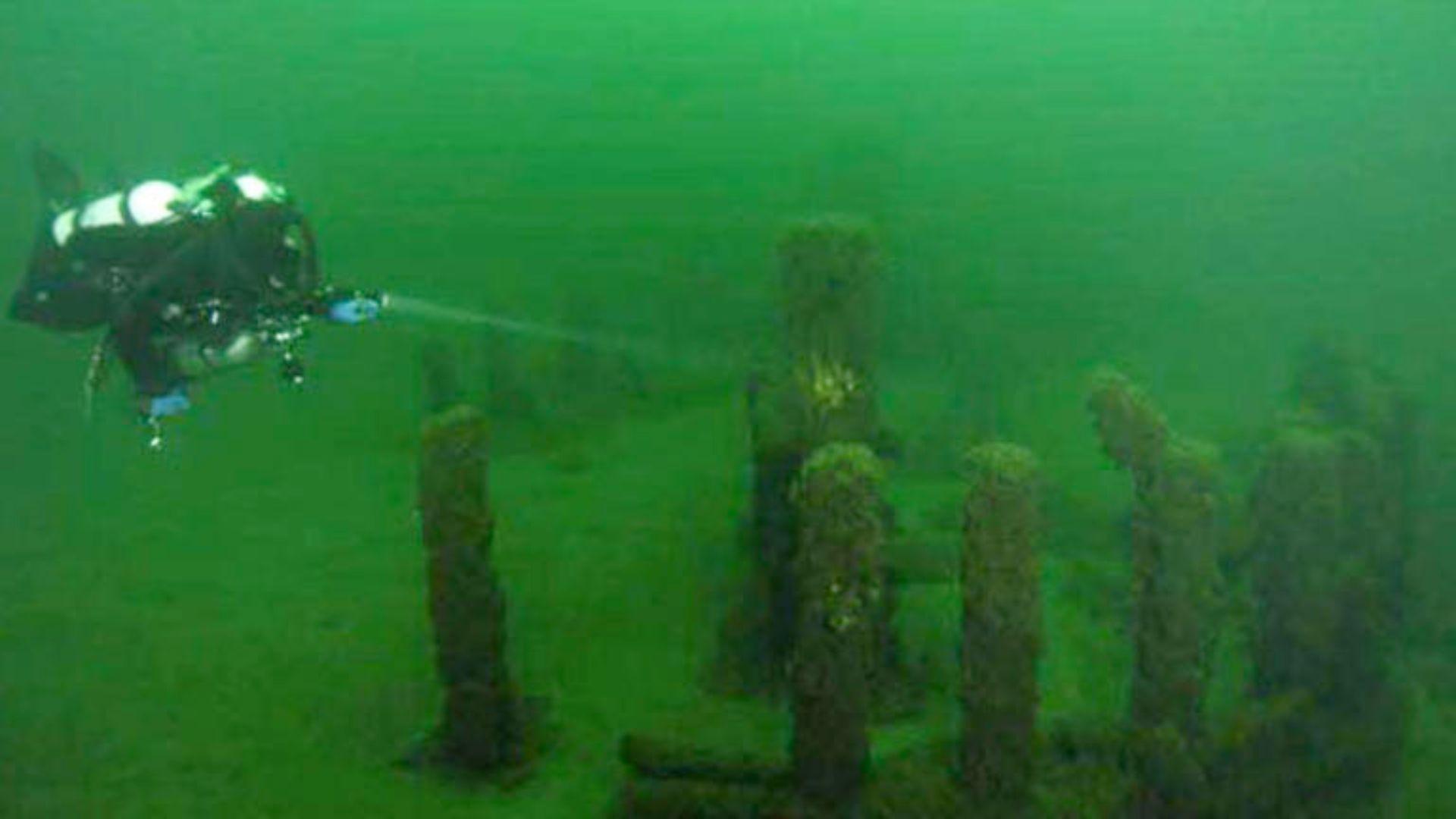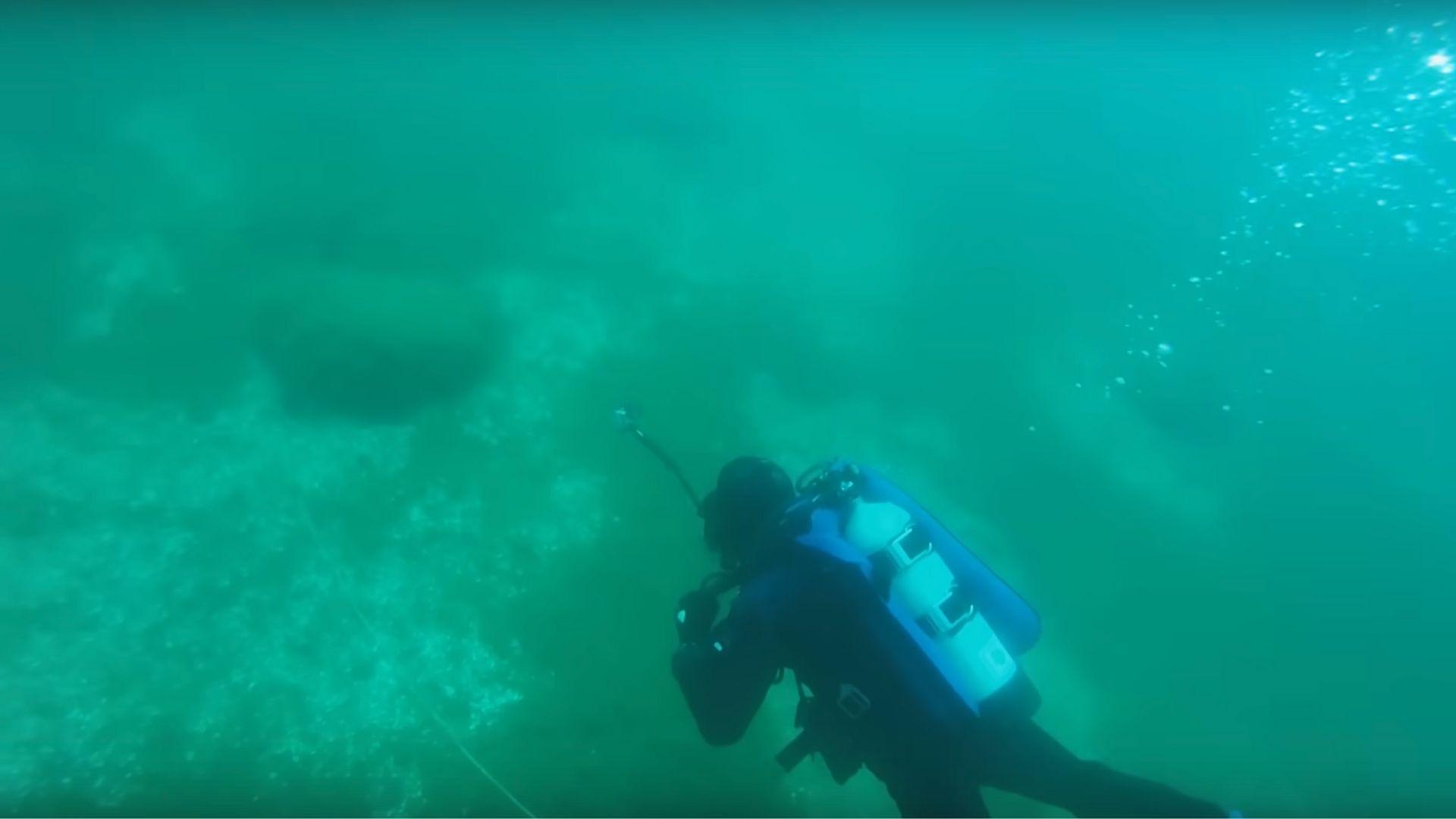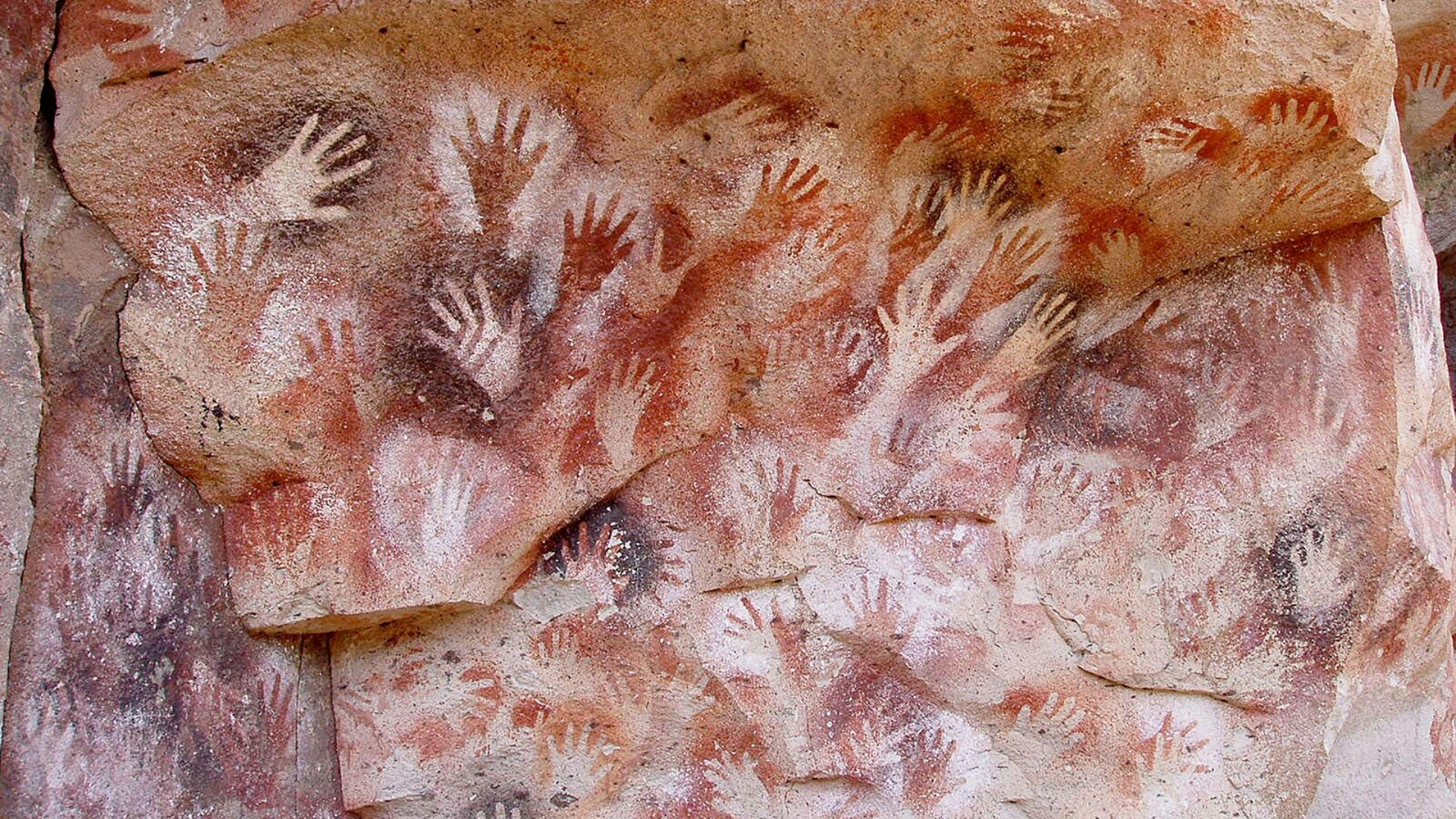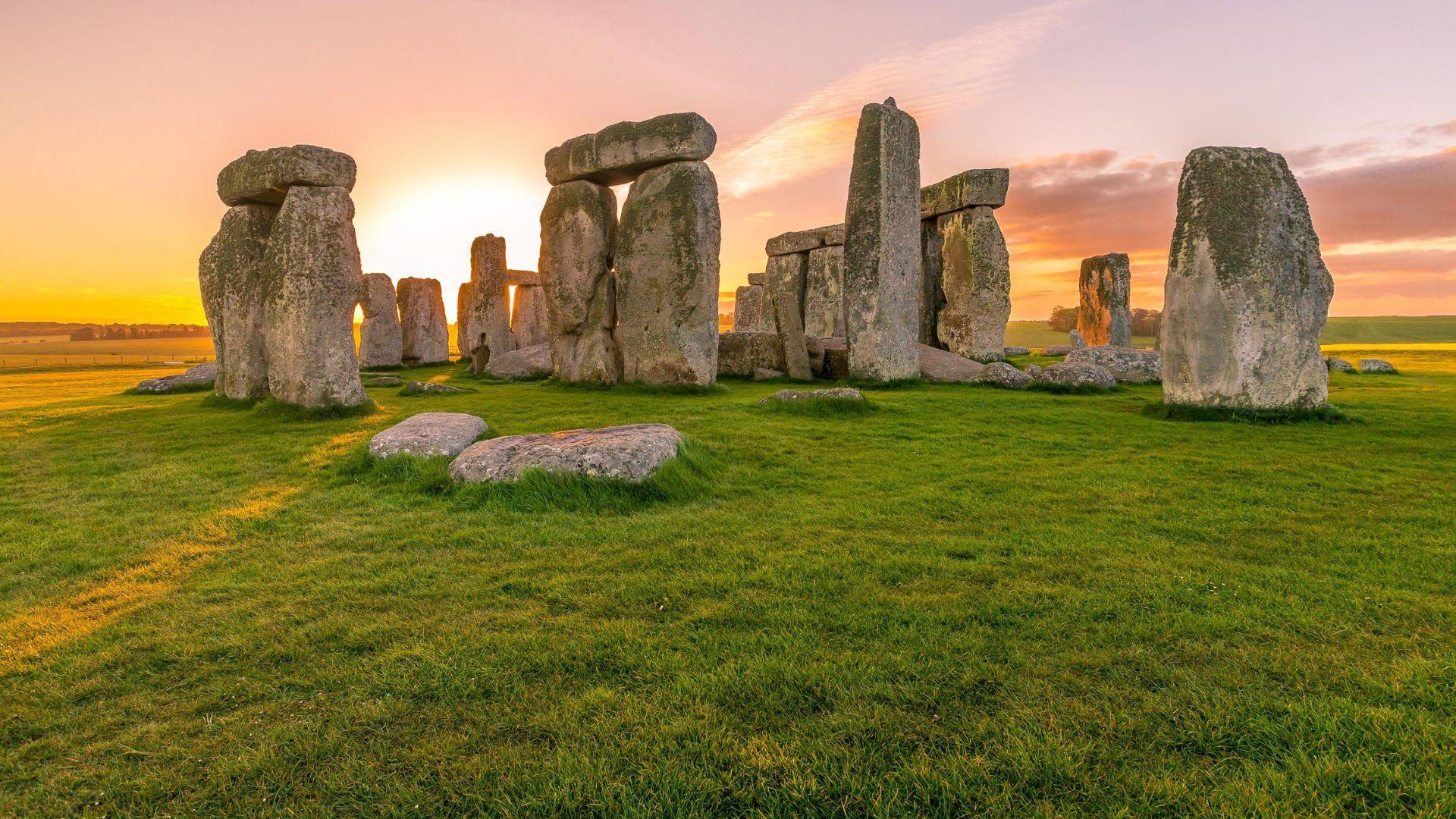Stonehenge in England remains one of the world’s greatest mysteries. Experts around the world question why exactly the massive stone structure was created.
It turns out that there is a similarly puzzling stone structure beneath the waters of Lake Michigan in the United States of America. Perhaps more bizarrely, this American Stonehenge is thousands of years older than its much more famous British counterpart.
Surveying Lake Michigan

In 2007, a team of archaeologists led by Mark Holley—a professor of underwater archaeology at Northwestern Michigan College—surveyed the lake bed of Lake Michigan.
Just off the coast of Traverse City, Michigan, Holley and his colleagues accidentally found a series of large stones, arranged in a circular pattern, which has a strange resemblance to England’s Stonehenge.
An Unexpected Discovery

Holley admits that the discovery was completely unexpected, and that he and his team were initially unsure of what they’d found.
Soon, analysis of the area suggested that the stones had deliberately been arranged in a circular pattern by ancient humans.
An Enormous and Surprising Underwater Structure

The granite stones were found at a depth of about 40 feet (12.1 m). Some of them weigh up to 3,000 pounds (around 1,360 kg). The stone structure is estimated to be around 10,000 years old.
The underwater circular pattern is about 40 feet in diameter. It also features an inner circle of stones, which measures to around 20 feet in diameter.
Comparisons to Stonehenge

The enormous stones in Lake Michigan are relatively similar in size and shape to those of Stonehenge. Scientist Rob Nelson explained, “Whilst they do seem to form a perfect geometric shape, they aren’t stacked or connected in the same way [as Stonehenge].”
The structure in Lake Michigan is actually 5,000 years older than Stonehenge. Like Stonehenge, the structure seems to defy the engineering capabilities of ancient times. Additionally, experts are divided over why exactly both of the prehistoric monuments were built.
An Ancient Settlement

Nelson explained, “While there is evidence that prehistoric tribes roamed the Great Lakes for thousands of years, very little is known about them.” Holley pointed out that the area was not underwater 10,000 years ago, which is when they believe the stone structure was erected. Communities of ancient people had settled close to where the stones had been found.
“It would’ve been a wonderful place for people to live—near the coastline, close to resources, transportation’s easy,” Holley said. 5,000 years later, the water levels rose, which flooded the Lake Michigan basin and submerged any evidence of an ancient civilization.
A Sacred Place

The Anishinaabe people were among the first to inhabit the Great Lakes region. In his research, Nelson spoke to a man called Hank, who is a descendant of the Anishinaabe people. Hank believes that his tribe’s people who settled in the area placed the stones there for a sacred purpose.
Hank explained that in his Anishinaabe culture, they “refer to stones as animate objects because they come from the mother, the Earth, who is alive.” Additionally, he highlighted that the monument’s presence in the lake is proof that his people have been settled in the area for an extremely long time.
Using Technology

Researchers were able to use advanced technology called stereo photogrammetry to create an accurate 3D rendering of the stone structure. Then, Nelson used this rendering to study this ancient mystery in depth.
On some of the stones, carvings and engravings were discovered. One particularly interesting carving of note is an image of what appears to be a mastodon.
Mastodon Art

Mastodons were once one of the largest land animals ever to roam North America. They are extinct ancestors to woolly mammoths and elephants. The carvings suggest that the ancient humans who built the site must have encountered these mammals and perhaps even hunted them.
Dr. John O’Shea, a Curator of Great Lakes Archaeology at the University of Michigan, explained that this illustration of a mastodon, combined with the circular formation of the rocks, suggests that the rock construction could have been an ancient hunting structure known as a drive lane.
A Hunting Structure… Or Something Else

Dr. O’Shea explained that drive lanes have been used for thousands of years by humans to herd large groups of animals along a set path towards a kill zone, where a group of hunters wait. Whether the stone structure is a kill zone or not, this interesting site challenges the belief that early humans weren’t capable of creating sophisticated structures.
The mysteries of the precise purpose of this lake structure and who exactly constructed it are unanswered, just like Stonehenge. This American Stonehenge may be significantly older than its much more famous counterpart, but both raise many questions about the nature of ancient humanity.

